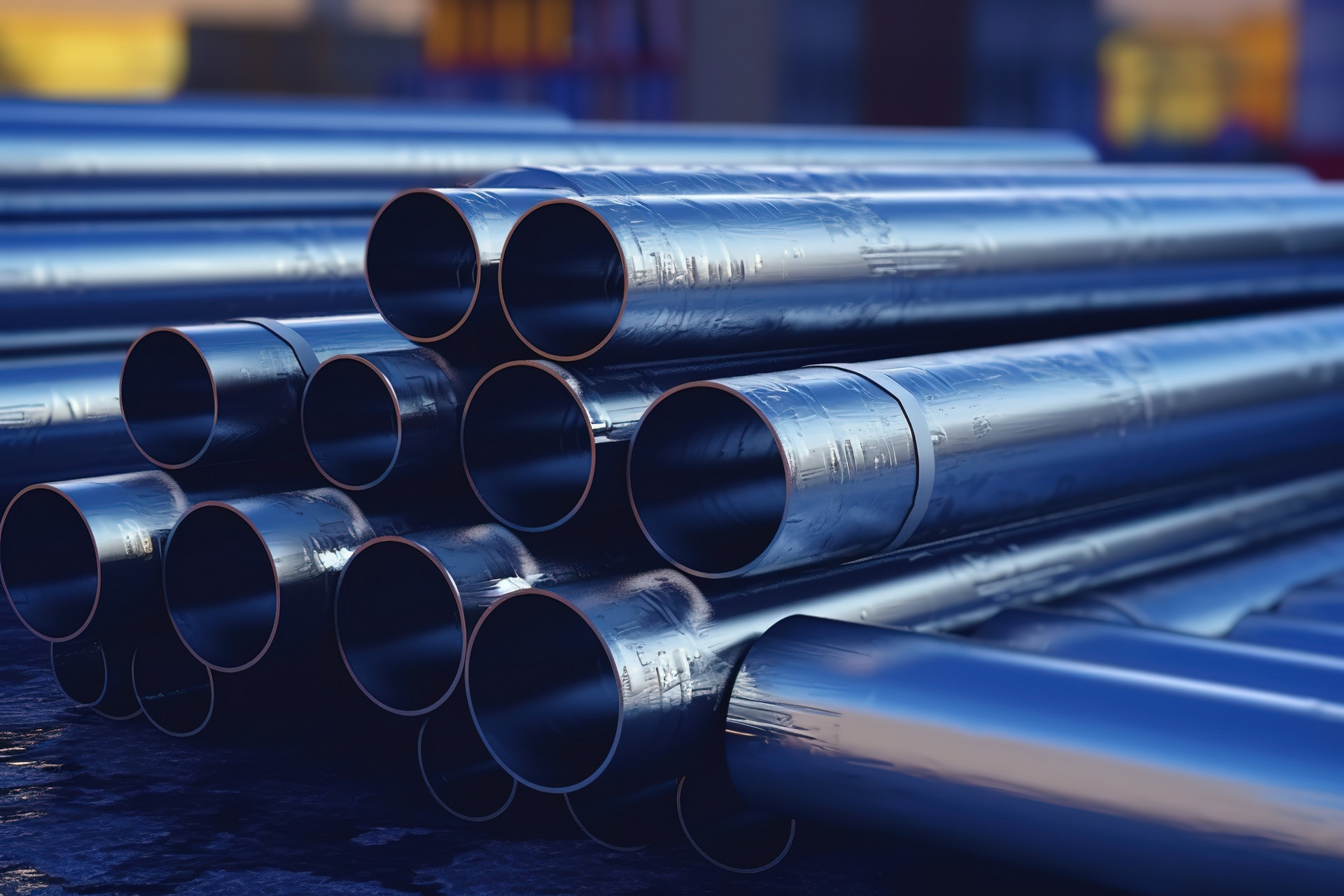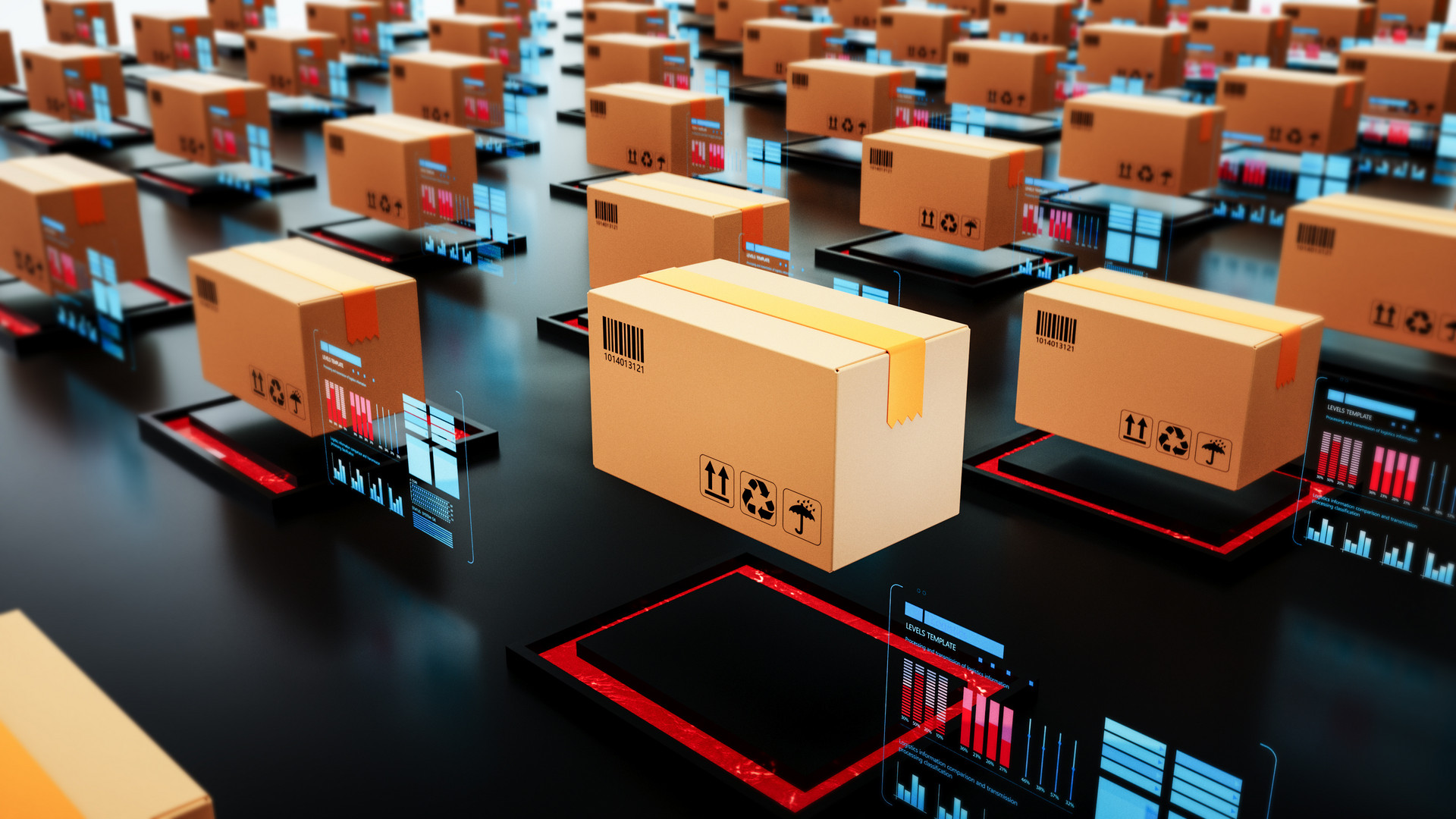Steel has been one of the symbols of human civilization since ancient times. From ancient weapons to modern architecture, from construction machinery to automobile manufacturing, steel plays a vital role. However, compared to its rugged properties, the optimization and upgrading of the steel supply chain has been relatively lagging. Today, in the context of global supply chain management gradually becoming a key factor in enterprise competition, the steel supply chain is also facing major changes and upgrading opportunities.

Iron and Steel Road
The Enduring Beauty of Steel
Steel has been a pillar of industrial society since ancient times and is one of the key materials in building the modern world. Its toughness and plasticity make it the material of choice in many fields, including construction, manufacturing, and transportation. Whether it is the steel structure of skyscrapers or the body of automobiles, steel occupies an irreplaceable position in all walks of life with its excellent performance.
The Importance of Steel Supply Chain
However, to make steel so widely used in various fields requires a large and complex supply chain system to support. This supply chain begins with the procurement of raw materials, including ore mining, steelmaking, rolling, then processing, manufacturing, and finally to the end user. Every link in the supply chain must be efficient and coordinated to ensure that high-quality steel is delivered to customers in a timely manner.
Supply Chain Challenges
Complexity and Vulnerability
The steel supply chain is complex because it involves many different links and stakeholders. From the mine to the manufacturing plant, to the distributor and the end user, each link involves different processes and requirements. This complexity often leads to information asymmetries, collaboration difficulties, and lack of supply chain visibility.
At the same time, steel supply chains are also vulnerable. Natural disasters, political unrest, international trade disputes, etc., can lead to supply chain disruptions and have a serious impact on steel supply. For example, the COVID-19 pandemic has exposed the vulnerability of global supply chains and dealt a huge blow to the steel industry.
Supply Chain Optimization and Upgrading
Digital Revolution

Over the past few years, digital technologies have become a key tool for improving supply chain efficiency. Technologies such as the Internet of Things, big data analytics, and artificial intelligence are widely used in the steel supply chain, providing real-time data and visualization to help companies better monitor and manage each link. For example, sensors and iot devices can be used to track parameters such as temperature and humidity as raw materials are transported to ensure the quality of raw materials. Big data analysis can help enterprises optimize inventory management and reduce inventory costs. Ai can be used to predict demand, make production and purchasing decisions in advance, and reduce delays.
Case Share: A steel manufacturer employs advanced digital technologies, including iot sensors and big data analytics, to achieve real-time visualization of the supply chain. This allows them to better monitor the quality of raw materials, optimize inventory management, and forecast demand, thereby improving the efficiency of the supply chain and reducing costs.
Lntelligent Logistics

Logistics is one of the key links of the supply chain, and it is also an important area of optimization. Intelligent logistics systems utilize advanced technologies to improve the transportation and distribution of goods to increase efficiency and reduce costs. For example, automated equipment in logistics, such as automated stackers and driverless trucks, can speed up the loading and unloading of goods and reduce labor costs. The intelligent logistics system can also monitor the location and status of the goods in real time to ensure timely delivery.
Case Share: A logistics company introduces automated equipment and driverless trucks to speed up the loading, unloading and transportation of steel. This not only improves logistics efficiency, but also reduces labor costs and reduces the risk of traffic accidents.
Sustainable Development

Sustainable development has become an important trend in global supply chain management. In the steel supply chain, sustainability goals include reducing carbon emissions, reducing resource waste, and improving waste recovery. To achieve these goals, some steelmakers have taken a series of measures, such as using greener production processes, adopting clean energy, and improving waste management. This will not only help mitigate adverse environmental impacts, but also help meet the growing demands of consumers and governments for sustainability.
Case Share: A steel manufacturer has improved its production process, adopted more environmentally friendly production methods and reduced carbon emissions. At the same time, they invest in recycling and reuse of waste, reducing waste. This not only helps to be environmentally friendly, but also enhances the company's sustainability image and attracts more customers.
The optimization and upgrading of the supply chain requires collaboration and partnership between different links. All parts of the supply chain, including raw material suppliers, manufacturers, distributors and logistics companies, must work closely together to share information and solve problems together. In addition, building long-term partnerships also contributes to the stability and sustainability of the supply chain. Some companies have formed strategic partnerships, building long-term partnerships with suppliers and distributors to work together to increase efficiency, reduce costs and improve sustainability.
In the future, the optimization and upgrading of the steel supply chain will continue to be an important topic. For example: increasing the application of more digital technologies, emphasizing the importance of sustainability, and the application of blockchain technology.
The optimization and upgrading of the steel supply chain is a challenging but opportunity filled task. By applying new technologies, improving management methods and focusing on sustainability, we can build a stronger, more reliable and sustainable steel supply chain. This will help meet the growing global demand for steel, drive the development of various industries and lay a solid foundation for sustainable development in the future. From both an industrial and environmental perspective, the optimization and upgrading of the steel supply chain is a necessary move to move us towards a greener, more efficient and more sustainable future. The path to excellence in the steel supply chain is being opened to create a more prosperous and sustainable future for our society and planet.